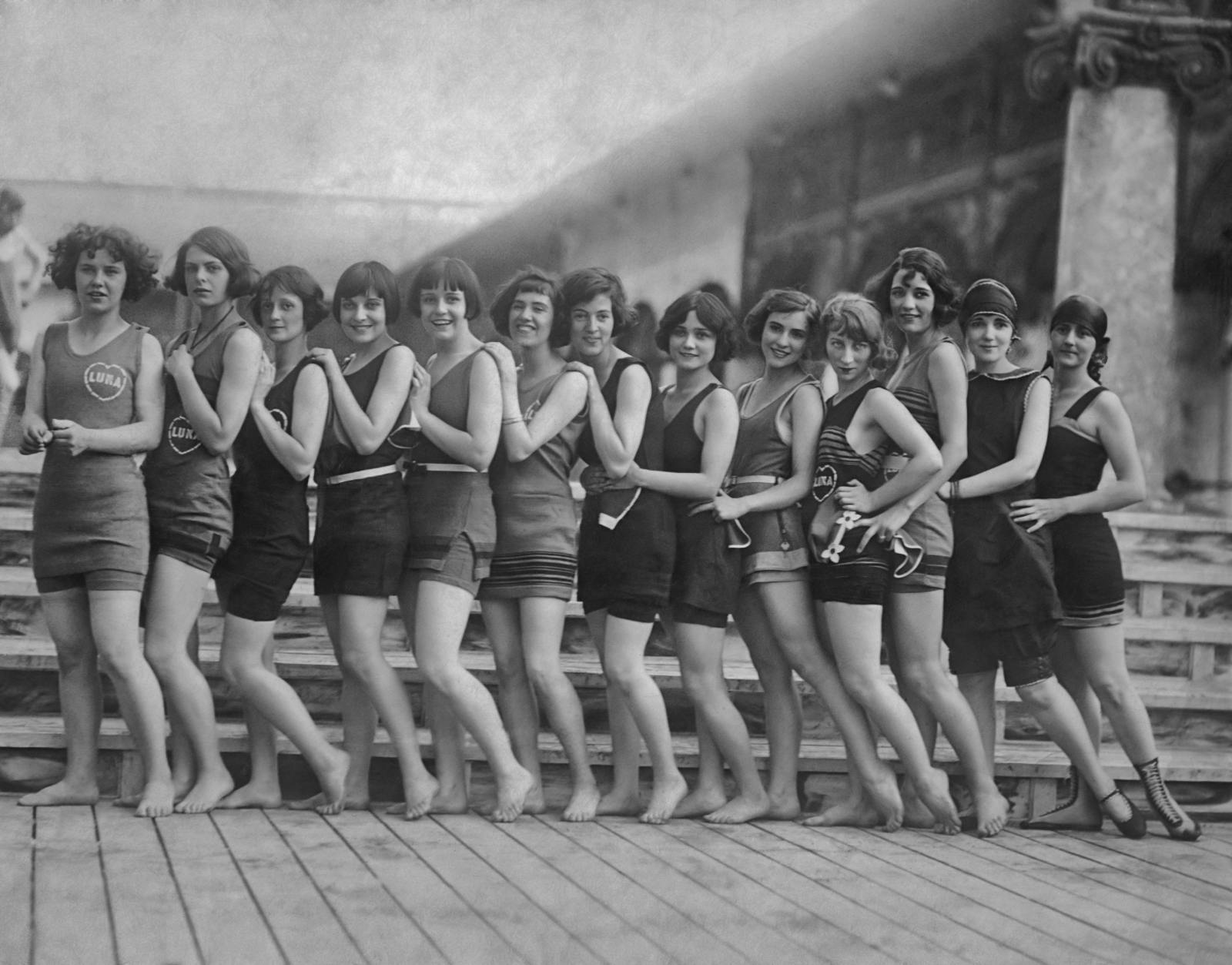History of the Castle
The history of Lubliniec and inseparably related to Lubliniec Castle.
According to tradition, date of creation date Lubliniec by Prince Ladislaus First of Opole&Raciborz. At that time, Silesia, like the rest of Poland, was in the period of feudal disintegration. There were dozen of independent principalities in Poland, Lubliniec was part of the Duchy of Opole&Raciborz, which ruled the Piast dynasty.
For the first time in written sources have reported the existence of the prince's castle in Lubliniec.
Lubliniec received from the Duke of Opole&Raciborz John II „the Good” confirmation of civic rights. He gave the city a number of privileges, including the right to hold a weekly market.
After the death of John II „the Good” Silesia was incorporated in the sphere sovereignty of the Austrian Habsburg dynasty, wielding the Kingdom of Bohemia. Lubliniec, including the Castle and the surrounding villages were being paid in rent.
Lubliniec and castle changed its owners several times.
Lubliniec goods along Castle, leased by John Kochcicki since 1576, has been acquired by him for ownership. The castle was rebuilt and was one of the seats of the Kochcicki family.
Plague in Lubliniec, it is claimed to take 735 victims, representing ¾ of the number of the inhabitants.
In Lubliniec, probably at the Castle, is said to be the Polish king Władysław IV Waza.
The goods of Lubliniec were confiscated by the Habsburg family from Kochcicki family for supporting Protestantism. Goods has been acquired for the ownership by Andrew Cellary. The castle became the seat of the family Cellary.
Family of Cellary is the owner of Lubliniec and the Castle.
The great fire almost completely destroyed Lubliniec. From whole Lubliniec only three houses are said to be left. The Castle also suffered and was renovated in the Baroque style.
The Castle, under supervision of Andrew Cellary, was the shelter for the pianting of Black Mary from Czestochowa, which was brought here by oo. Pauline fearing the Swedish requisitioning.
The goods of Lubliniec were acquired for the ownership by Peter de Garnier. The Castle became the seat of the family of de Garnier.
Lubliniec and the Castle is owned by the family de Garnier.
period called „Silesian wars” between Prussia and Austria. As a result, most of Silesia including Lubliniec was dominated by Prussia.
Lubliniec together with the Castle, several times changed owners (Anna Gaschin, Karl Ludwig German, Sophia Carolina Dyhrn, Frederick William Schlabrndorf, Dionysius Jeanneret, Francis Grotowski).
in Poland had place anti-King and anti-Russian uprising, known as the Confederation of Bar. Lubliniec became the refuge for many Confederates, who probably lived in the castle. Among them are: Francis Krasińska-wife of Prince of Saxony, son of Augustus III, Antoni Lubomirski, Bishop Adam Krasinski.
Kazimierz Pulaski-eminent commander of the confederates, who later became the hero of the war of Independence in USA stayed several times at the Castle, visiting Frances Krasińska residing here.
Lubliniec owner was Francis Grotowski, who resided at the Castle. In his will, he set aside the Castle building on established educational institution for orphans.
Maria Blacha widow of Francis Grotowski died in 1826. The Prussian authorities took over the Castle and gave up the location of the educational institution for orphans, building for them new headquarters.
The goods of Lubliniec with the Castle were bought from the Prussian authorities by Andrew Renard. He lived in Strzelce Great (Opole) and made the Castle available to the authorities for public purposes.
The Castle was the seat of the Royal District Court for the District Lubliniec.
The Castle was the seat of the county district Lubliniec.
Part of Lubliniec goods with the Castle were bought by Frederic Kielmann from Andrew Renard.
The Castle owned by Reinhold Kielmana, the son of Frederick, was bought by Opole Province, then the German administrative unit.
The German authorities have opened in Lubliniec hospital for the mentally ill and disabled. Old Castle became a member of the hospital and was partially rebuilt.
Upper Silesia was divided between Poland and Germany. Lubliniec was in Polish borders.
Lubliniec was officially taken over by the Polish authorities. The castle remained part of a psychiatric hospital.
outbreak of the Second World War. Lubliniec was occupied by the German army, and then incorporated into the Third Reich. In the Castle was positioned psychiatric observation unit.
After the liberation from German occupation, psychiatric hospital resumed work in the Castle.
Decision of the Bureau of the Provincial Council in Katowice on entering the Castle on the list of Cultural Monuments.
The Castle has been put out of service for a psychiatric hospital because of poor technical condition.
Year of establishement of "Castle Lubliniecki Fundation". To the Foundation entered the city Lubliniec and 83 other entities with different legal status. The foundation was raised to support the restoration of the Castle.
The property "Castle Lubliniec" was acquired by the city Lubliniec from Marshal Office of Silesia in Katowice.
We fell in love with the Castle and started a great challenge; reconstruction.
After five years, "Hotel Zamek Lubliniec" was opened.
In January, the Hotel Zamek Lubliniec hosted the President of Poland Bronislaw Komorowski
Calendar for Castle Lubliniec to 2005 was developed by Dr. Sebastian Ziółek


